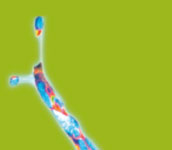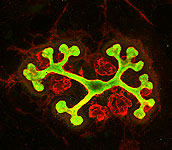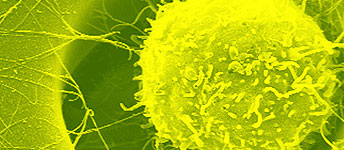Biologically inspired polymers can shift the boundaries between living and man-made systems. To make this happen, we implement fundamental biological functions such as recognition, assembly, and adaptation in polymer-based, bioconjugated surfaces and engineered matrices.
Charge and Structure at Bio-Interfaces:
New tools and methods are developed and implemented to analyze and control ionic charge, supramolecular structure and bioadhesion at solid/liquid interfaces.
Hemocompatible Interfaces:
Blood-material interactions are systematically explored through in vitro, whole blood incubation studies that enable the development of anticoagulant coatings containing various types of natural and synthetic inhibitor molecules.
Matrix Engineering:
Reconstituted, biopolymer matrices and modular, biofunctional hydrogels are designed for the exo-genous control of cell fate decisions and tissue formation. The resulting permutations are used in bioartifical stem cell microenvironments and morphogenetic matrices for in vivo tissue engineering strategies.




